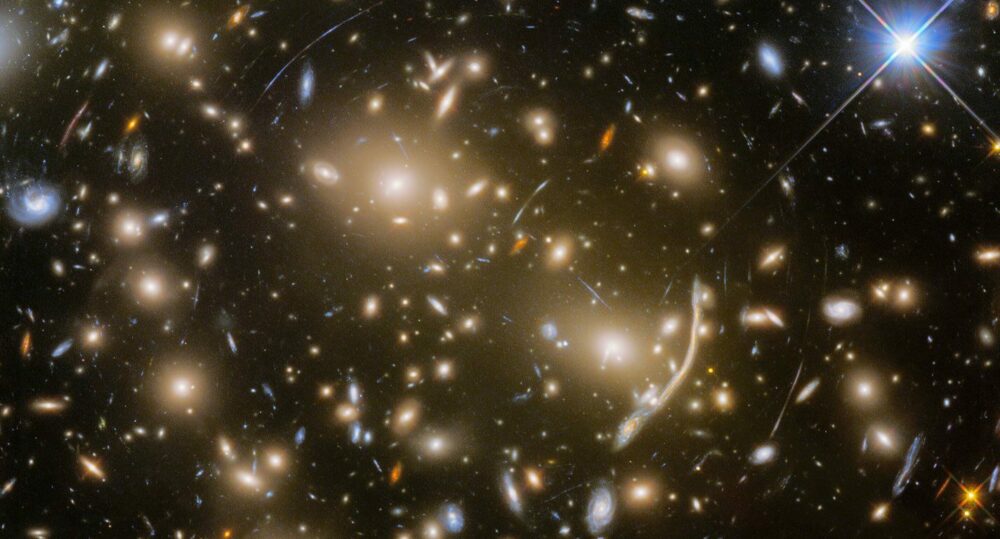In the era of large galaxy surveys, covering from radio to gamma wavelengths, and super computers, enabling us to map galaxy assembly and evolution with increasingly detailed models for star formation and black hole growth, the greatest challenge we face is to provide a coherent and comprehensive understanding of the physics that regulate the build-up of galaxies as well as the evolution of our Universe. Global relations such as the galaxy mass vs. the metallicity, the galaxy mass vs. star formation rate (referred to as the main sequence of galaxies) relations , the star formation rate vs the gas content available to create the next generation of stars (Schmidt-Kennicutt relation) tell us that the process of formation of stars and their attendant feedback play a vast regulator role in galaxy evolution. However, stars form on physical scales that are 5 order of magnitude smaller than the physical sizes of galaxies. Hence, to really link star formation and feedback to galaxy evolution we need to resolve the units of star formation in galaxies. Space missions, such as the HST, play a pivotal role in this field, because it allows to access the scales that are relevant for probing the star formation process, i.e., parsec scales. Combined with ground-based observations of dense molecular gas (e.g. ALMA observatory), and ionized gas (e.g. MUSE spectrograph) at comparable physical scales, we are now able to build a clearer picture of the star formation cycle in the local Universe. However, as we increase in distances and try to reach out for younger (high redshift) galaxies, these details are lost. To date we can understand the big picture of galaxy evolution but we do not understand the underlaying physics that regulatestheir build up. Nature has come to our rescue, offering us gravitational magnifying lenses. The most massive systems in the local universe, i.e., galaxy clusters, act as a magnification lens for galaxies that sit behind them. With the aid of gravitational lensing and the exquisite spatial resolution provided by the HST, we have been able, in recent years, to resolve the far-UV restframe light of young galaxies down to few tens of parsecs. State-of-art ground-based spectrographs, like MUSE, has allowed us to resolve the ionized interstellar medium (ISM)in key emission lines at the FUV restframe. A few, to date, pioneering studies with ALMA reveals extreme conditions of the giant molecular clouds where stars will form in these young galaxies. We gather observational clues and evidence, we feed those to numerical cosmological simulations, but it is not enough. Numerical works face the challenge of assembling all the pieces of knowledge we can provide and recreate a picture of the universe from its formation to its evolution. However, much work is left to do to correctly simulate the rapidly evolving physical conditions under which star formation operates within galaxies at any time in their evolution.
The advent of the JWST will be a total game changer and will path the way to next generations of facilities that will see light in the next decades (e.g. ELT observatory, LUVOIR mission). JWST will revolutionize our understanding of star formation process across cosmic times. Its sensitivity and spatial resolution will overtake any previous observations conducted with the Spitzer Space Observatory. In the local universe we will be able to match HST resolution at wavelengths that are not affected by dust obscuration, finally opening a window into the very early phases of star formation. We will be able to combine ALMA observations of dense gas in galaxies to the stellar populations probed with the HST. At high-redshift, the JWST will also prove to be unmatched. It will allow us to extend current rest-frame FUV studies of star formation, within these young high-redshift galaxies, at optical and NIR wavelengths, gaining an incredible view of how galaxies like our Milky Way have assembled.
Our ISSI international team initiative gathers world experts from several countries to meet in Bern with the following goal: to build a coherent picture of star formation at parsec scales across cosmic time. Now as never before, we are not limited any longer to macroscopic properties of galaxies but we will be able to describe star formation at the physical scales that matter for the star formation cycle. The main questions we will address in the ISSI international team initiative are: How has star formation operated in rapidly evolving young galaxies? How does it compare to star formation in the local universe? What role has stellar feedback played in regulating the star formation cycle of these young galaxies? What is the comprehensive view of star formation and feedback at the parsec scales that can inform current and upcoming numerical simulations of galaxy assembly?
Scientific Organising Committee:
Angela Adamo (Stockholm University) – Chair
Miroslava Dessauges-Zavadsky (Geneva Observatory)
Johan Richard (CRAL)
Eros Vanzella (INAF, Bologna)

